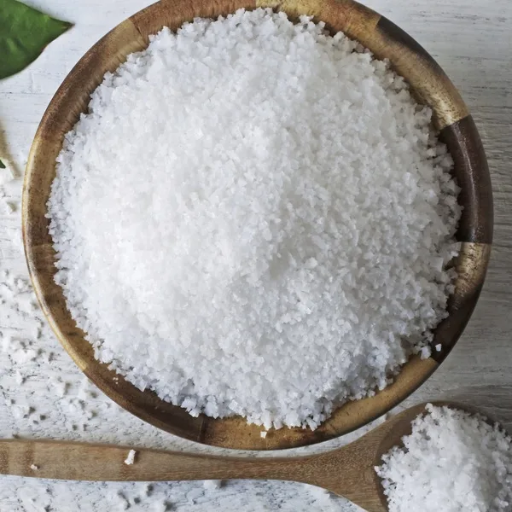Epsom salt has become popularly used by novice and experienced gardeners over the past few years. This versatile chemical compound is magnesium sulfate, a natural mineral with many advantages to plants. It helps improve growth, nutrient absorption, seed germination, and flowering. This means that Epsom salt offers several benefits to your garden, such as good performance. The article will, therefore, look at how Epsom salt water can help your plants and provide practical tips on how to apply it correctly in your gardening routine. A fertile garden may grow if one appreciates the worth of Epsom salt, whether he or she wants to refresh his/her soil or enhance the resistance of his/her crops.
What is the use of epsom salt for plants?

How does epsom salt support plant growth?
Epsom salt is crucial for chlorophyll formation since it contains abundant magnesium and sulfur essential for plants. Magnesium contributes to chlorophyll formation, which is necessary for photosynthesis, increasing the plant’s ability to capture sunlight and generate energy. Besides, magnesium helps uptake nutrients like nitrogen and phosphorus, improving general well-being and better development. Contrarily, sulfur plays a significant role in root system development by synthesizing amino acids, making plants resilient against environmental constraints. Consequently, using Epsom salt will help you have more blooming flowers and more robust plants with higher yields.
What nutrients are found in epsom salt?
Magnesium sulfate is scientifically known as Epsom salts, which offer two essential elements: magnesium and sulfur. These are briefly described below:
1. Magnesium (Mg):
- Function: It’s vital for producing chlorophyll and, therefore, facilitates photosynthesis, among other processes within plants. In addition, it enhances nutrient absorption, particularly nitrogen and phosphorous, hence promoting overall plant fitness.
- Technical Parameter: Epsom salt contains approximately 9.8% magnesium, which aids enzyme activation and facilitates energy transfer inside organisms.
2.Sulfur (S):
- Function: It participates in synthesizing amino acids, which are responsible for protein building in plants. S also assists enzyme activities while contributing to chlorophyll formation.
- Technical Parameter: This product contains about 13% sulfur, which improves root system growth while acting as a pest repellent.
Including Epsom salts in your gardening routine ensures you get these minerals and excellent health and productivity levels for your crop.
Which plants need epsom salt?
Epsom Salt has proved to benefit diverse kinds of vegetables when used during my gardening experiences. For instance, tomatoes, peppers, and potatoes thrive on extra supplies of magnesium, which boost their growth and yield. Similarly, roses and hibiscus flowers respond well to Epsom salt, where the plants have more excellent coloration and blooms whenever they are used. Equally, this nutrient addition enhances leafy vegetables such as spinach and kale, leading to more robust and vigorous leaves. Following this practice in caring for these plants, I saw they were less prone to diseases and attacks.
How to apply epsom salt in the garden?
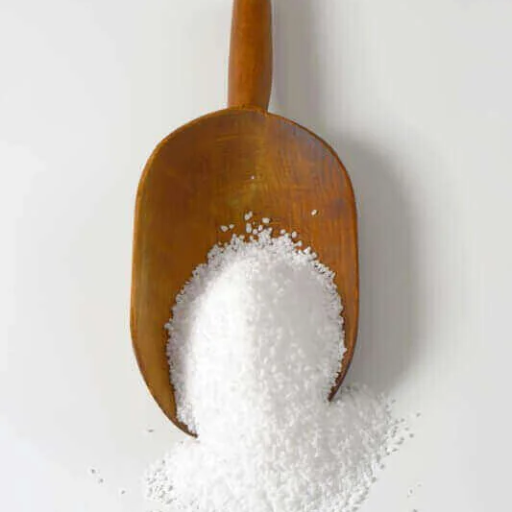
What quantity of epsom salt should one use?
Each time I go through this, the amount recommended for the Epsom salt varies and depends on the kind of plants being discussed. Generally, using a gallon of water mixed with a tablespoonful of Epsom salt makes good liquid feed, which can be applied every four to six weeks during the plant growth season. While using it in soil, I mostly sprinkle about one tablespoon per foot of plant height around the base and work it into the soil. However, how well your plants respond to this supplement matters since too much can result in nutrient imbalance.
How do you dilute epsom salt in water for plants?
When diluting Epsom salt in water for plants, I prefer to start at one tablespoon per gallon of water. After combining them thoroughly until all dissolving occurs and no gritty residues are left behind, I usually pour it directly onto the soil around the base of my crops so as not to apply it to foliage and cause leaf scorching. This approach has been practical for me, with observable positive results when done every four to six weeks throughout the growing period.
When is the best time to apply epsom salt?
In my experience, spring and early summer during plant growing seasons represent perfect moments for using Epsom salts. The most suitable times, however, come just after planting or just before flowering, as this ensures they get to utilize magnesium together with the sulfate contained therein better than at any other time. It has been observed that application within such periods once every 4-6 weeks promotes vigor growth, leading to flowering intensification. Finally, do not apply when the temperatures are very high, as this may stress your crops.
Can epsom salt help with specific plant issues?
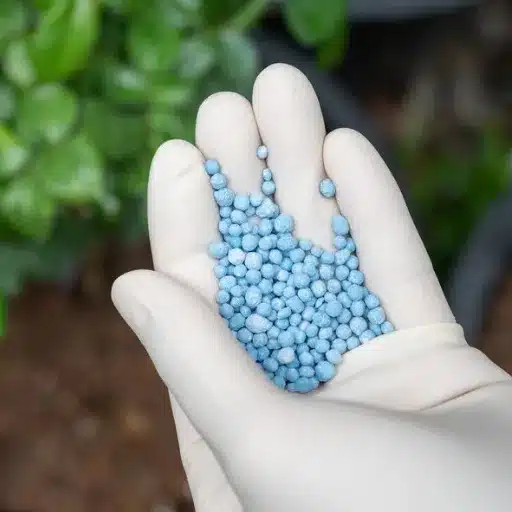
How do I use epsom salt to eliminate blossom end rot in my tomato plants?
To deal with blossom end rot in my tomatoes, I start by applying Epsom salt solution as a preventative measure and as a cure. Mix the Epsom salts in one gallon of water by adding one tablespoon and stirring well. When it is ready, I pour this solution close to the roots of the affected tomatoes after every two or four weeks. This way, they can take up enough magnesium from the soil; thus, the calcium and other nutrients can be quickly taken up. Moreover, I have observed that water should be kept at a constant level in the soil not to let the water supply fluctuate because it leads to worsening problems due to blossom end rot in tomato plants. Consequently, this method has significantly improved my tomatoes’ general health and reduced further cases of blossom end rot.
Will epsom salt help with magnesium deficiency?
Based on my experience, using Epsom salt may help remedy low magnesium levels in plants. Whenever there are signs of deficiency, like yellow leaves and stunted growth, I apply some Epsom salt for instant provision of magnesium. More often than not, I usually add about a teaspoonful or two teaspoonfuls per gallon of water, then pour it around where my plants grow. The application allows not only refilling exhausted stores that exist but also healthy green foliage besides helping improve overall plant healthiness; these are all part of what assists them to regain average stature again. Accordingly, it’s worth noting that the soil must have proper drainage plus other necessary nutrient balances for full recovery.
Can epsom salt fight pests?
Epsom salts have some advantages when dealing with pests, but they cannot work alone. I learned that the high amounts of magnesium in them help make crops resistant to many pests. Lastly, gardeners can mix Epsom salts with water by spreading this mixture around plants to discourage pests like slugs and snails. Nevertheless, working with other pest control methods, such as physical barriers or organic insecticides, is the best way to manage and avoid pest attacks in my garden.
What is the best way to use epsom salt on houseplants?
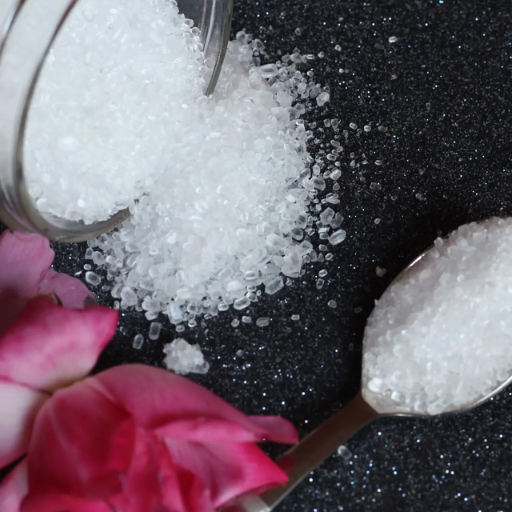
How many times should you add Epsom salt to houseplants?
Per my research from the best gardening websites, I usually do this every 4-6 weeks during the growing season (spring – early autumn). For most of my houseplants, one tablespoon of Epsom salts is usually mixed in 1 gallon of water and then poured on top of the soil after it has dissolved completely. It is a frequency that helps to maintain acceptable magnesium levels without causing over-fertilization, which might result in nutrient imbalances. Usually, during winter dormancy months, I don’t use any Epsom salt at all since they need fewer nutrients. Your plants’ response will guide you on whether the amount and frequency are right for them.
Can all types of houseplants benefit from Epsom salt?
From my experience and information from the best gardening websites, using Epsom Salt on most indoor plants is generally safe if used properly. This mainly replenishes magnesium and sulfur, essential minerals for enhanced plant growth. But not all plants like being fed with it; succulents and cacti need low doses of magnesium because high amounts can be harmful.
Technical Parameters:
- Magnesium Content: Epsom salt (magnesium sulfate) has a magnesium content ranging from about 10% to about 20%. This promotes chlorophyll manufacture and better nutrient uptake.
- Usage Frequency: Normally, I add some epsom salts every four or six weeks while the crops are growing.
- Dilution Rate: A standard recommendation is mixing approximately one tablespoon of epsom salts in a gallon-size container only when fully dissolved.
The specific requirements and reactions to various nutrients by different types do not escape me before using epsom salt.
Is epsom salts suitable for foliar spray?
Indeed, I have discovered that using Epsom salt as a foliar spray is possible, as leaf surfaces can quickly take up magnesium and sulfur compounds. According to the leading agricultural websites, I typically add about a tablespoon of Epsom salt dissolved in one gallon of water. I spray this solution on my leaves directly in the early morning or late evening when it’s cooler to avoid scorching them with sun rays. However, since some plants may react differently to epsom salts, I should use this technique only on a small area to monitor them closely. If done correctly, foliar spraying with Epsom salts will help my houseplants develop well and improve their health.
What are common misconceptions about epsom salt in gardening?
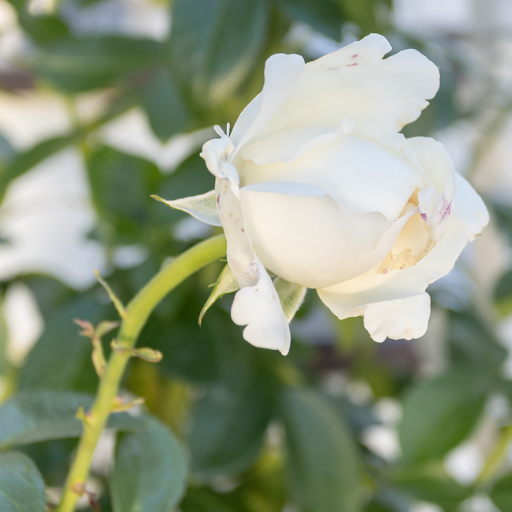
Is epsom salt good for all plants?
Many plants, such as tomatoes and peppers, benefit from the magnesium and sulfur supplied by Epsom salt. However, not all can tolerate it. Consequently, I took a few minutes to review the top gardening sites to ascertain whether too much magnesium is wrong for some succulents or tropicals since it upsets the nutrient balance.
But can epsom salt hurt plants?
When misapplied or in excess amounts, Epsom salts can damage plants. One can grow excessive magnesium and sulfur supplies by applying Epsom salts to the soil. One example is when too much magnesium interferes with the absorption of other essential nutrients by certain plants. The soil may become saturated beyond its capacity when a gardener overuses this additive, thus deteriorating its drainage system and affecting overall plant health. In this regard, I take extra care while using it and only apply a small amount to see how my plant responds after fertilization.
What should gardeners understand about epsom salt?
From my experience as a gardener, I have found that correctly applying Epsom Salt can yield significant results. This is particularly valuable in maximizing chlorophyll production needed for plant growth because of its magnesium content. When considering its use, it’s always best to follow the dosage guidelines to avoid nutrient imbalances. Equally important is using Epsom salts with well-balanced fertilizers that meet more varied nutritional needs in my garden in general terms. Since this fertilizer has been used on my farm before, I make adjustments depending on how each type reacts during its administration process. So many reliable information sources did teach me that, however useful it might be, Epson salt is no panacea but must be employed systematically within an extensive gardening plan.
How much epsom salt should you use for a vegetable garden?
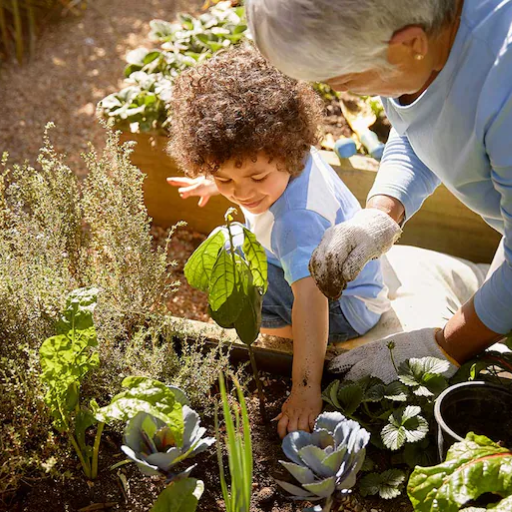
What is the right amount of Epsom salt per gallon of water?
In my vegetable garden, I have found advice from well-known gardening websites very useful in determining the correct rate of Epsom salt to add per gallon of water. An average suggestion is to dissolve roughly 1-2 tablespoons of Epsom salt in every gallon of water. This concentration allows magnesium to be delivered efficiently without being too much for plants.
More technical terms, it would be around 15 to 30 grams of Epsom salt dissolved in 3.785 liters (or one US gallon) of water. As I mentioned earlier, magnesium helps produce chlorophyll, which enhances photosynthesis and improves general plant health. However, after applying this additional nutrient, I closely monitor my plants. Depending on how they appear and grow, amends can be made to maintain fertility.
How many tablespoons of Epsom salt are in each plant?
To find out about using the right amount of Epsom Salt per plant, I usually follow instructions such as putting about one tablespoon for each plant where it is, especially during the growing season. Most vegetables benefit from this approach since they get enough magnesium boost without overdoing it. So then, I mix one tablespoonful into a gallon of water and use this solution for watering my plants. There might be a need to add an extra half tablespoon if bigger or hungrier-for-nutrient crops like tomatoes happen to exist, but watching their responses is paramount, too. The idea here is that specific plants require different amounts; therefore, adjustments should also be made as they grow and thrive.
Can Epsom salts produce more yield for vegetables?
According to some information that I have got from several gardening resources alongside my own experience, there’s no doubt in my mind about Epsom Salt’s potential as a yield booster when it comes to vegetable crop growing. Magnesium is an essential component of photosynthesis and nutrient uptake. Whenever I use Epsom salt in my gardening, the plants seem more robust and bear even more fruits, especially tomatoes and peppers. Furthermore, studies have shown that magnesium deficiency results in slow growth rates and low yields. Therefore, careful application of Epsom salt can provide this much-needed boost, thereby improving the health and productivity of plants.
Reference sources
Frequently Asked Questions (FAQs)
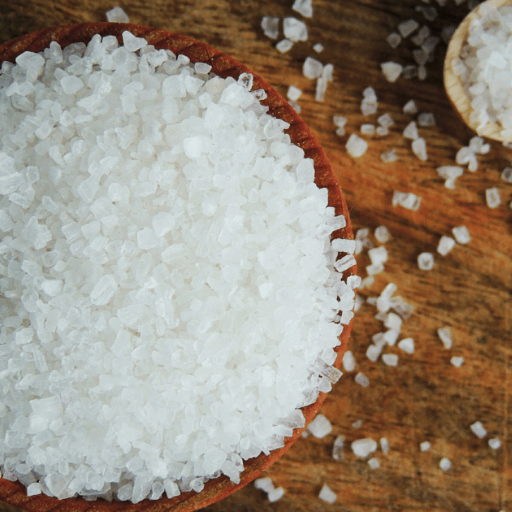
Q: Is epsom salt good for my potted plants?
A: Yes, epsom salt can be good for your potted plants as it provides magnesium and sulfur, essential for plant growth. It helps plants grow bushier and greener when used appropriately.
Q: How can I use epsom salt on plants?
A: You can use epsom salt on plants by dissolving one tablespoon per gallon of water and applying it as a solution. This can help enhance nutrient absorption and promote healthy growth.
Q: Can I add epsom salt to plants every week?
A: It is generally recommended to use epsom salt on plants every 4 to 6 weeks. Frequent application may lead to nutrient buildup, which could harm your plants.
Q: What type of plants benefit the most from epsom salt?
A: Many garden plants, including tomatoes and pepper plants, benefit from epsom salt. It can help prevent blossom end rot and promote overall plant health.
Q: How does epsom salt enhance the health of garden soil?
A: Epsom salts do not contain potassium, but they provide magnesium, which helps improve the nutrient uptake in garden soil. This can lead to greener and sturdier plants.
Q: Will epsom salt harm my plants?
A: When used in moderation, epsom salt is unlikely to harm your plants. However, excessive application can lead to nutrient imbalances, so following recommended guidelines is important.
Q: How often should I apply an epsom salt solution to my garden bed?
A: You can apply an epsom salt solution to your garden bed approximately once a month during the growing season. This will help plants absorb nutrients effectively.
Q: Can I use epsom salt on all types of plants?
A: While many plants benefit from epsom salt, some don’t like epsom salt. It’s best to research specific plants before adding epsom salt to ensure it will help rather than harm them.
Q: How can epsom salt help my plants grow bushier?
A: Epsom salt can help plants grow bushier by supplying magnesium, which is crucial in chlorophyll production and overall plant health. This leads to more robust growth and foliage.
Q: How can I check if my plants need epsom salt?
A: Signs that plants may need epsom salt include yellowing leaves or stunted growth. If you notice these symptoms, add a cup of epsom salt dissolved in water and monitor your plants’ response.



